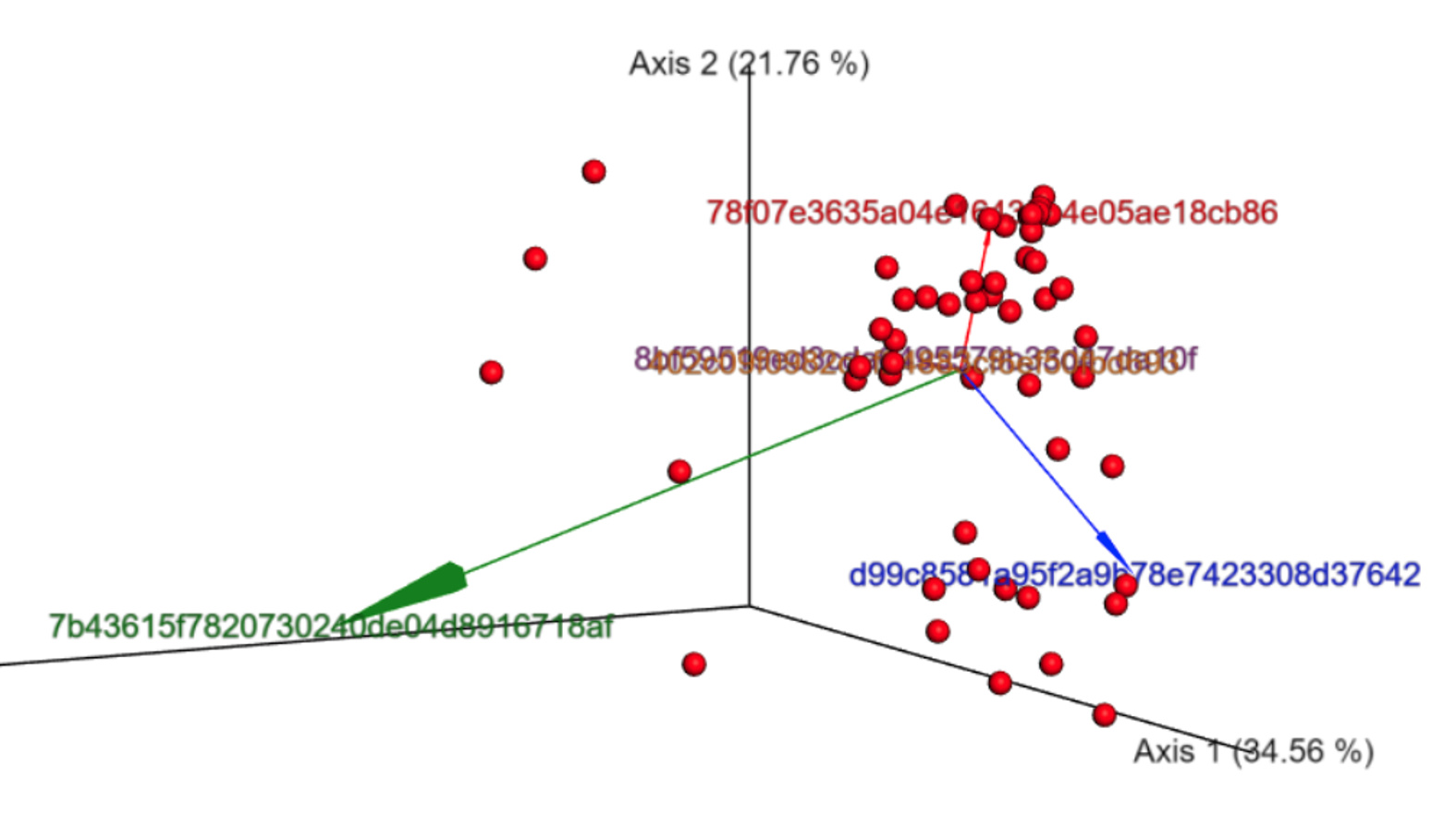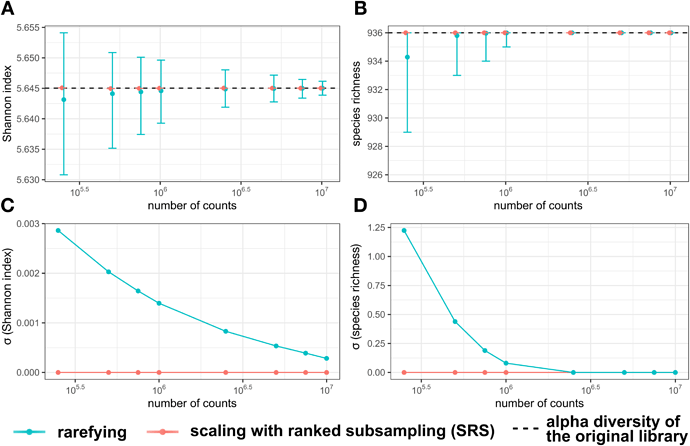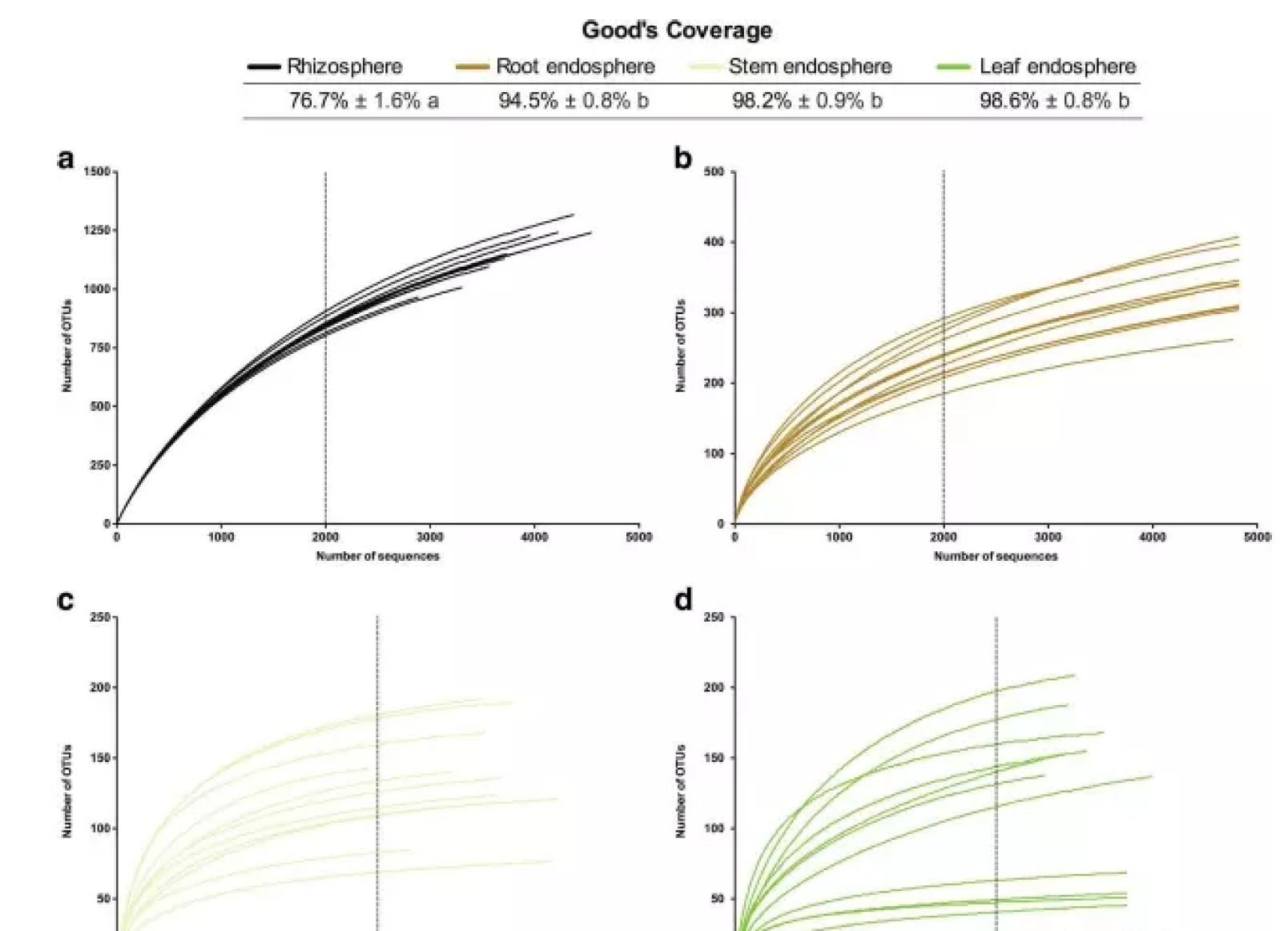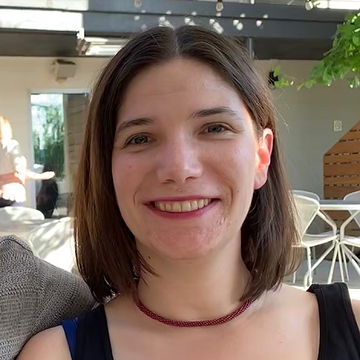

There will be an opportunity to attach better metadata to this later. I named the samples UPA1, UPA2, UPA3 etc so that the sample ID would tell me both which location and which replicate I am looking at. Below is what the first few lines of my manifest look like. This is done using the import tool, and you will need to prepare a manifest file which tells QIIME where the individual files are and which sample they are part of. The first thing that you will need to do is to import your files into QIIME. Obviously you need to pay attention to file locations and file paths if this exercise is going to work!!! Creating a manifest file and a QIIME object I am doing everything from the qiime-urbanmicro directory and have set up files and paths as if that is the case.
RARIFY QIIME ZIP
In that directory, I have a directory called 16s that contains the original fastq files from the zip archive. I have a directory called /Users/cgibas/sandbox/qiime-urbanmicro on my laptop.
RARIFY QIIME ZIP FILE
Download a zip file containing the data here. You will know that you are in the QIIME environment because your command line prompt will change to have “(qiime2-2019.1)” in front of it. Starting QIIME is going to put you into a new command line environment. We did this for you in advance, using trimmomatic, with the following parameters: ILLUMINACLIP:$HOME/Trimmomatic-0.36/TruSeq3-PE.fa:2:30:10 LEADING:3 TRAILING:3 SLIDINGWINDOW:3:20 MINLEN:50 Starting QIIME Normally, you’d need to trim these reads. If after the “source” command, you get an error that says your shell has not been configured to do this, you may also need to type: conda init bash Pre-processing of reads To run QIIME2, you will need to activate the environment: source activate qiime2-2019.1

RARIFY QIIME UPDATE
Then to get QIIME 2 (first two steps are only if you already had conda/did not have wget): conda update conda

RARIFY QIIME HOW TO
You can install QIIME2 either using a Docker image (if you know how to do that) or natively, through the conda package manager. There’s also a basic nuts and bolts command line interface, which is what we really want. There is a prototype GUI (which does not have all features implemented yet) there’s an Artifact API. Installing QIIME2 is a little involved, and has many options. Or you can run the computation heavy denoising/clustering step on the cluster (takes about 9 hrs) and do the rest of the fast steps locally. QIIME2 is on the cluster but you can also do this tutorial on a laptop.

Our goal in lab this week is to analyze 16S ribosomal RNA sequences from mixed microbial samples using QIIME2. This tutorial makes use of the data from the NC Urban Microbiome Project, a collaboration seeded by the Department of Bioinformatics and Genomics and involving participants from our department as well as Civil Engineering, Biology, and Geography and Earth Science.


 0 kommentar(er)
0 kommentar(er)
